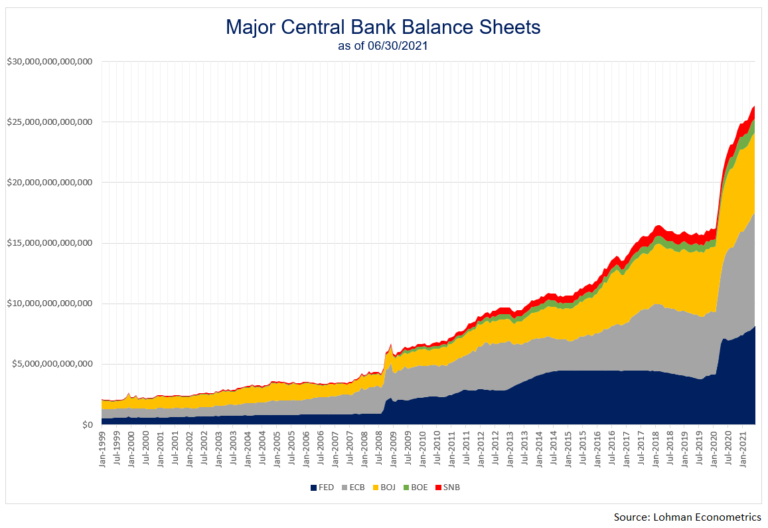My Philosophy Of Self Improvement – In Trading And Life


[Most people] couldn’t see what he had done, and was still prepared to do, to turn his dreams and compulsions into something lasting, into the existential mortar and stone of an unforgettable life – Mike Sielski, The Rise: Kobe Bryant And The Pursuit Of Immortality (2022), pg. 332
As a young man, I was inspired by the late, great basketball legend Kobe Bryant. I landed my first job in Los Angeles in the summer of 2000 – right as the Kobe and Shaq Lakers were embarking on their historic three-peat – and so I had the opportunity to watch and learn from Kobe as a young man and as we both grew up (I was born one year before Kobe in 1977).
In an interview at the USC Performance Science Institute in 2018, Kobe articulated his philosophy of self improvement. He said that he simply tried to get better every day and to leave no stone unturned. Kobe was notorious for his relentless work ethic. In his book “Kobe: Life Lessons From A Legend” (2021), Nelson Pena described Kobe’s “six-six-six program” of off season training. Kobe worked out for six hours a day, six days a week, for six months:
The six hours were often broken up into two hours of running, two hours of weightlifting, and two hours of hoops. Typical sessions would begin at 5am, 11am and 6pm, with 15 minute naps tucked into the day as needed (50).
However, as I got older I realized that Kobe worked too hard. In fact, it is highly likely in my opinion that the Achilles tear Kobe suffered at age 34 in April 2013 resulted from his unwillingness to give his body adequate rest as he tried to will the Lakers into the playoffs. Kobe averaged almost 46 minutes per game (out of a possible 48) in the last seven games of the season and refused coach Mike D’Antoni’s pleas that he come out of games for brief breaks. “There was no denying him from doing what he wanted to do. We tried,” said D’Antoni (see Pena, pgs. 41-44).
And so over the years I made modifications to Kobe’s philosophy. The first modification is to accept limitations. Instead of working as hard as you can every single day, I’ve found that it makes more sense to use some days to recover and rejuvenate. Doing so allows your body and mind to stay fresh and perform at its peak rather than getting stale and worn down. This applies to physical training, trading or any other endeavour.
A favorite anecdote of mine comes from the book Working Out, Working Within in the chapter “Go Slower, Arrive Sooner”. A competitive runner asks her coach how long it will take her to become world class if she trains hard.. Her coach says five years. Then she asks him how long it will take if she trains twice as hard. Ten to fifteen years says the coach.
A second modification is to learn from one’s mistakes. Many of us – including myself – continue to do the same thing over and over again even though it isn’t working (Albert Einstein’s definition of insanity). For example, I used to perpetually go for stocks known as “value traps”. A value trap is a stock that looks cheap on a quantitative basis but is actually a trap because the business is in permanent decline. I had to a buy a number of stocks down 50%, 60%, 70% or more that went much lower before I learned my lesson.
Kobe Bryant is an inspiration to me and I’m thankful to Mike Sielski, Nelson Pena and the USC Performance Science Institute for the resources they have provided me in better understanding Kobe’s life and mindset (the “Mamba Mentality”). But Kobe did have a tragic flaw in my opinion and that was his relentless drive. It was a double edged sword that made him legendary while also cutting short his career. “People can say he was stubborn, but his stubbornness for that many years has led him to greatness. It’s kind of like the gift and curse of being Kobe Bryant”, said his former teammate Darius Morris (Pena, pg. 44).


